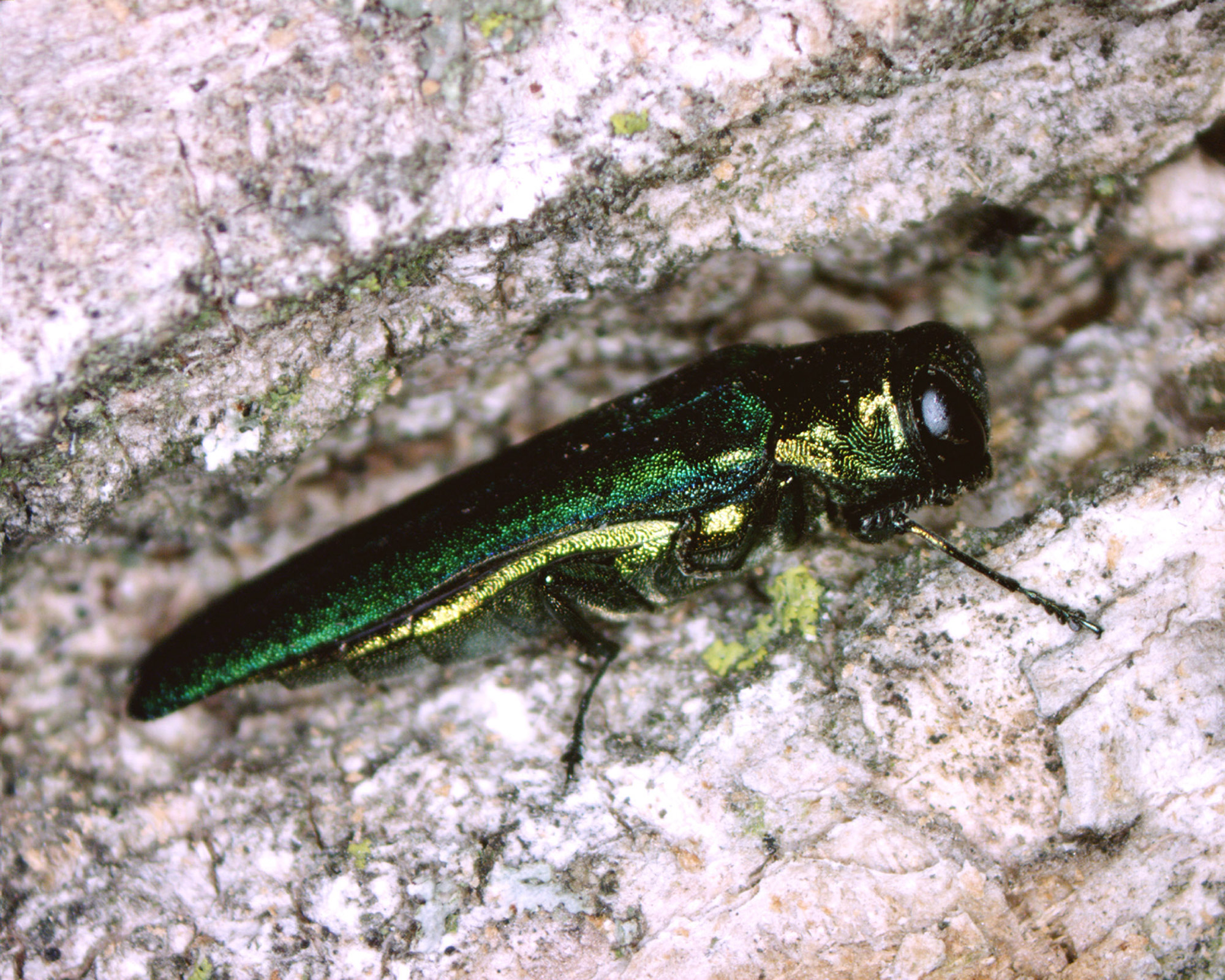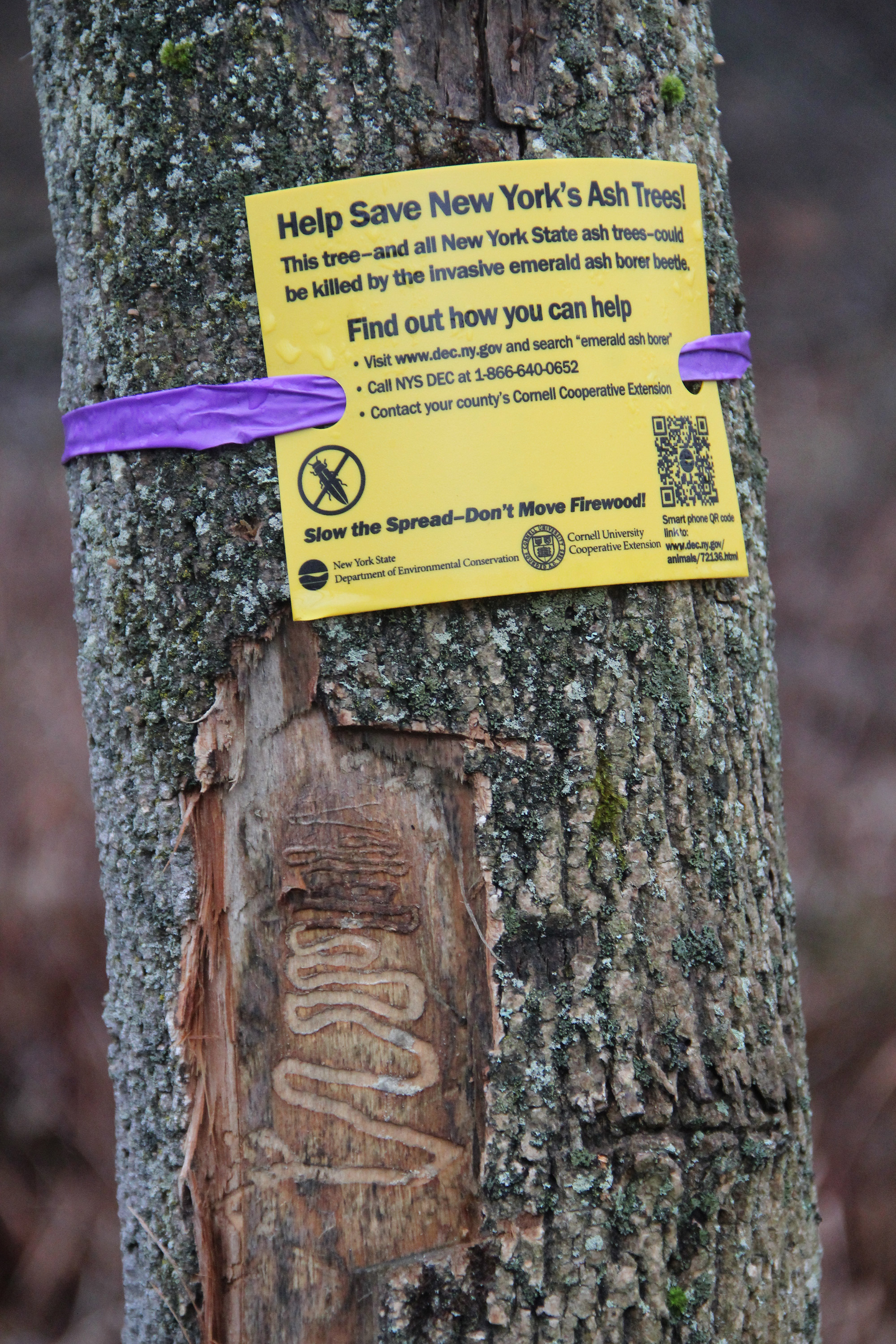The Emerald Ash Borer, an invasive beetle attacking millions of North American ash trees, was discovered for the first time in Vermont last month, according to state officials. A multi-agency task force is currently conducting a study to determine the extent of the infestation after the borer was identified in Orange County on February 20.

An incredibly detrimental invasive species, the Emerald Ash Borer (EAB) originally came to the United States from Asia in 2002 and has since spread to 32 U.S. States and three Canadian provinces. Its discovery in Vermont means Rhode Island and Maine are the only two Northeastern states without a known population.
Ash trees make up roughly five percent of Vermont’s forests. Once infested, however, only three in 1,000 trees manage to survive. Behind this decimation, the EAB’s larvae tunnel through the tree’s vascular tissue and, in the process, halt the transport of water and nutrients within the tree. This occurrence all but guarantees the death of the tree within a few years. Thus, if the pest continues to spread, roughly one out of every 20 trees in the state could fall. In total, the infestation would affect over 100 million trees in Vermont alone.
Don’t move your firewood!

The Emerald Ash Borer likely arrived here through wood packing materials, but humans also help spread its presence.
If you aren’t aware, nearly ineffective wings prevent adult Borers from flying over long distances. As an adaptive strategy, the EAB makes its living with its thumbs and thus uses firewood to migrate from state to state. In fact, moving firewood is the primary reason behind this beetle’s proliferation across the continental United States, and as a preventative measure, campsites post signs stating “Don’t move firewood.”
States, too, follow similar protocol. Local rules and regulations limit transporting firewood over a certain distance from its source – typically no more than 10 miles. Instead, to light a fire at home or at the campsite, you can purchase wood locally or harvest it nearby. Burning local firewood, too, further prevents the spread of this and other invasive species.
To stay up to date on the EAB’s progression in Vermont and current management plans, check out vtinvasives.org.
For more information on transporting firewood, visit dontmovefirewood.org.
Sam Rode
Sam is a student at the University of Massachusetts Amherst majoring in Environmental Science and Natural Resource Conservation. Most weekends he races to the Whites, Adirondaks, or local crags for a combination of climbing, hiking, and trail running. He personally believes no trip should be planned more than a week in advance. Follow him on Instagram at @521srode.




